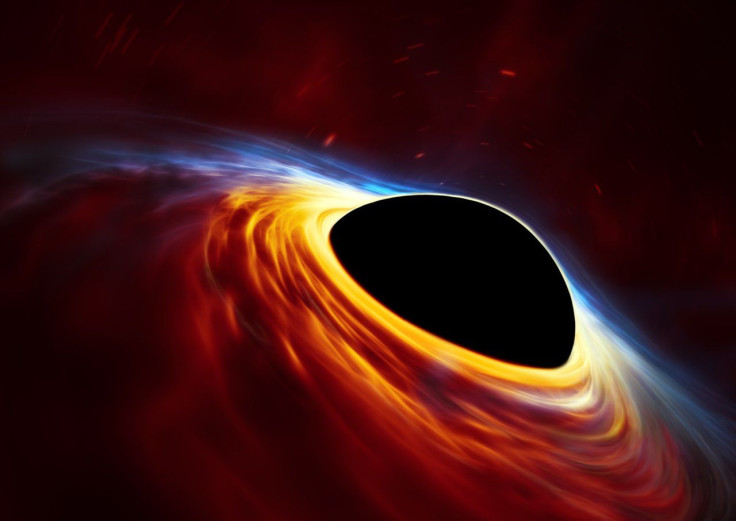NASA’s Imaging X-Ray Polarimetry Explorer Mission Could Shed Light On Black Holes And Other Cosmic X-Ray Sources

Black holes. There are perhaps no objects in the universe so well-known and yet so little understood. Ever since the first of these enigmatic bodies, which are so dense that nothing — not even light — can escape their gravitational pull, was discovered in the 1970s, they have continued to baffle scientists.
In order to better understand these exotic astronomical objects, and to unlock the potentially groundbreaking discoveries hiding behind their event horizons, NASA on Wednesday announced the launch of a new science mission. The Imaging X-ray Polarimetry Explorer (IXPE) mission would use three space telescopes equipped with cameras capable of measuring the polarization of high-energy X-ray radiation emitted by the superhot gas around black holes.
“We cannot directly image what’s going on near objects like black holes and neutron stars, but studying the polarization of X-rays emitted from their surrounding environments reveals the physics of these enigmatic objects,” Paul Hertz, the astrophysics division director for the Science Mission Directorate at NASA Headquarters in Washington, said in a statement. “NASA has a great history of launching observatories in the Astrophysics Explorers Program with new and unique observational capabilities. IXPE will open a new window on the universe for astronomers to peer through. Today, we can only guess what we will find.”
The cost of the mission, scheduled to launch in 2020, is pegged at $188 million. This figure includes the cost of the launch vehicle and post-launch operations and data analysis. Documents previously released by NASA have shown that the mission would have a lifetime of two to three years.
“NASA's Astrophysics Explorers Program requested proposals for new missions in September 2014. Fourteen proposals were submitted, and three mission concepts were selected for additional review by a panel of agency and external scientists,” the space agency said. “NASA determined the IXPE proposal provided the best science potential and most feasible development plan.”
The IXPE mission is not the only one in the works that seeks to expand our understanding of black holes. The Event Horizon Telescope project — a collaborative effort involving nine radio telescopes around the globe — aims to image Sagittarius A*, which is the supermassive black hole at the center of the Milky Way, later this year. If the mission is successful, it would provide a rigorous test for Einstein’s theory of general relativity.
© Copyright IBTimes 2024. All rights reserved.






















